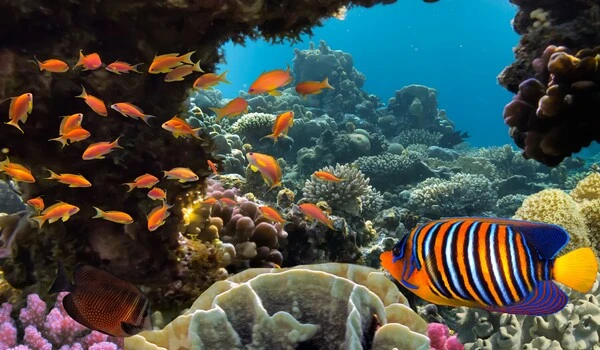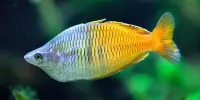The investigation of the ocean floor has consistently yielded unexpected biodiversity and exciting findings. The deep ocean, widely regarded as one of the most isolated and underexplored places on Earth, has been home to a diverse range of unique and occasionally odd organisms.
The deep ocean’s hydrothermal vents and manganese nodule fields are richer in species than expected. Coral Diaz-Recio Lorenzo, a marine biologist at NIOZ, will defend her thesis at Utrecht University on January 26th. “This research – again – shows that we should be extremely careful before allowing commercial deep-sea mining for minerals found in these habitats,” marine scientist Sabine Gollner of NIOZ said.
This research – again – shows that we should be extremely careful before allowing commercial deep-sea mining for minerals found in these habitats.
Sabine Gollner
Isolated animals
Diaz-Recio Lorenzo conducted her PhD research on copepods gathered in hydrothermal vents in the Lau basin, on the border of the Australian and Pacific plates near the island of Tonga. Using giant underwater robots, she captured a number of these tiny, shrimp-like creatures that dominate these ecosystems.
The samples were gathered from several places within a single basin. She then demonstrated, via DNA analysis, that distinct communities lived in relative isolation, with little interaction between them. She obtained specimens from distant basins that appeared to be the same but were actually different species based on the makeup of their DNA.

Living on nodules
The second portion of her research involved manganese nodule samples gathered from the Clarion Clipperton Zone, a huge region at depths ranging from four to five thousand meters in the Pacific Ocean. She discovered that in these nodules, nematodes, copepods, and other creatures can be found in groups of 10 to 15, but sometimes up to 200. Many of these species appeared to be exclusive to the nodules, as they were not discovered in sediment samples taken around the nodules. Diaz-Recio Lorenzo discovered eggs inside the nodules, suggesting that some creatures may use them as a breeding ground.
Extremely careful
Sabine Gollner, an NIOZ marine biologist and co-promotor of Diaz-Recio Lorenzo’s PhD research, is astounded by the uniqueness and diversity of life observed near hydrothermal vents and manganese nodules. The investigated regions are now being explored for minerals. However, our study demonstrates that we should exercise extreme caution when considering potential future deep-sea mining, as these unique species face a significant risk of extinction.
















